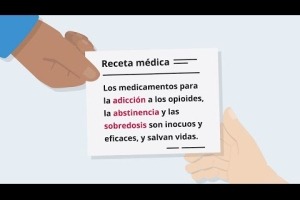Both methadone and buprenorphine bind to and activate the same mu-opioid receptors in the brain as do other opioid drugs. So, some people may think they are just substituting one drug for another. However, when taken as prescribed by people with opioid use disorder, methadone and buprenorphine prevent drug cravings and withdrawal symptoms without causing the intense feelings of pleasure (or “high”) that other opioid drugs produce. This makes methadone and buprenorphine less addictive.
Like many medications, methadone and buprenorphine do produce dependence. When a person suddenly stops taking their medication abruptly, they may experience withdrawal symptoms. However, these effects are milder than those produced by dependence on other opioid drugs and can be managed by slowly reducing the medication dose rather than stopping it abruptly.
Both methadone and buprenorphine can be misused to achieve rewarding effects if injected instead of taken by mouth as prescribed.2 People without an opioid use disorder could experience a high when taking them orally. Studies show that the majority of people who misuse buprenorphine do so to control withdrawal symptoms form other opioids, not to experience a high.25, 26
Naltrexone is not addictive. Although it also binds to the mu-opioid receptor, naltrexone blocks the receptor, rather than activates it.






